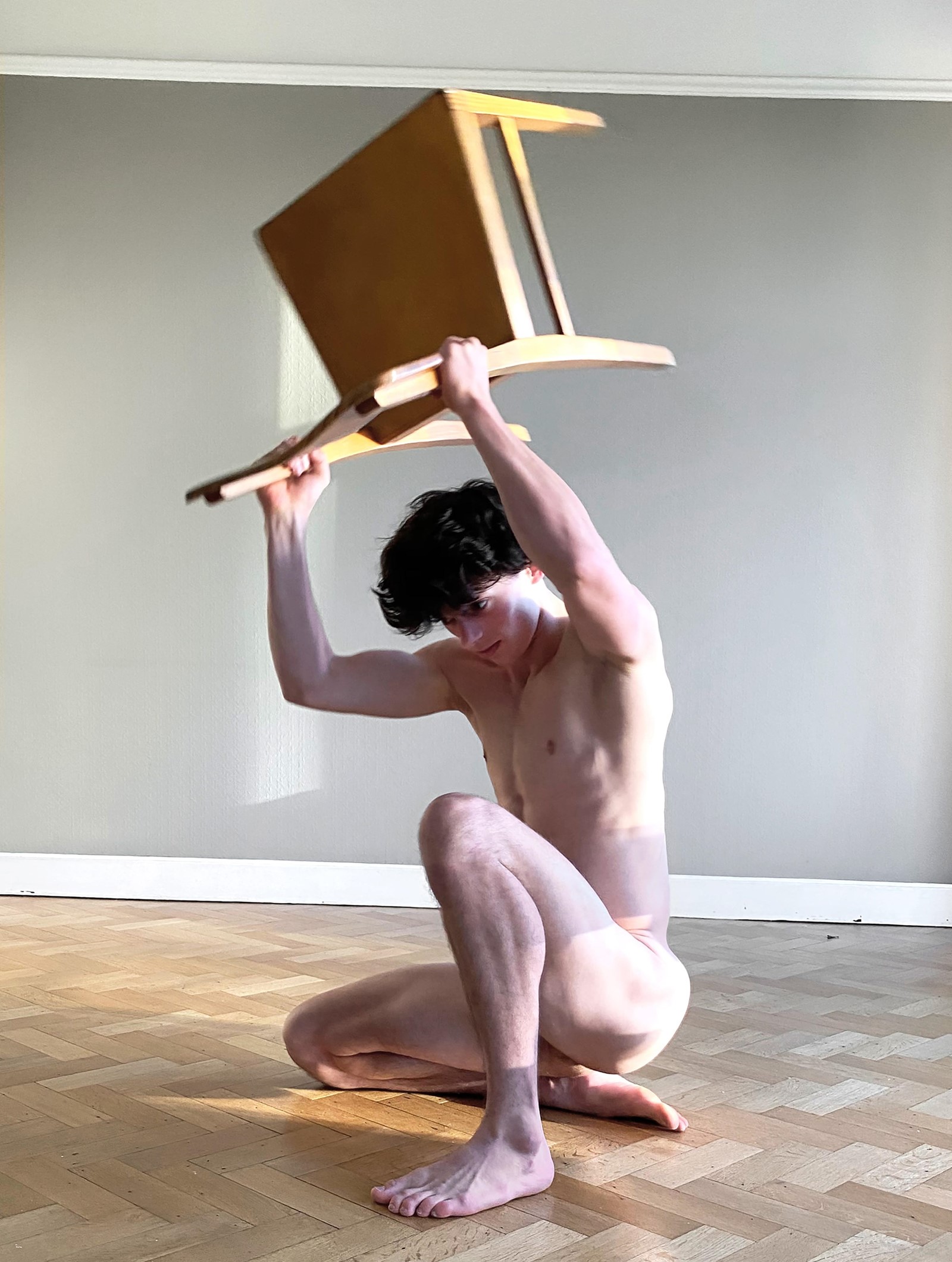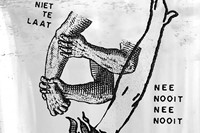As an artist, Peter De Potter’s visual language is as distinctive as it comes. Combining elements of photography, film, poetry, graphic design and even, arguably, performance, his work is a world of its own. And while he made his name collaborating with Raf Simons in the early 00s, and Kanye West, among other musicians, more recently, he is a legend in his own right, with a legion of devoted fans and followers – previously on Tumblr (RIP) and now on Instagram. And De Potter isn’t just respected for his work in the digital realm, he has created several books, all of which are highly popular – and highly prized – objects.
This autumn, De Potter has released his fourth book, the conceptual follow-up to his Vanity of Certain Flowers book, which was published in 2016. Speaking over the phone from his home in Antwerp, Belgian, the artist explains how this new release represents a direct response to the events of the past 18 months – namely the Covid-19 pandemic, and the social upheaval and isolation that ensued. “This first [Vanity of Certain Flowers] book was completely about self-isolation and self-improvement in isolation,” he says. “It was an ode to the morning and awakening and reawakening, so it made sense to me to revisit this during lockdown. It’s not as crass as a message of hope, it’s just a sense of serenity.”
As much as The Vanity of Certain Flowers Part Two is a response to lockdown, it is also a product of it: the work was produced entirely in Belgium, using Belgian models due to the travel restrictions. And more than any of his previous work, the book acknowledges where he comes from through the incorporation of Dutch words, on every single page, as well as images of Flemish landmarks in Antwerp, Ghent, and beyond. “Belgium, Flanders and Antwerp have always been a part of my work. It’s not that obvious, but it’s always there,” he says. “For some reason I wanted to honour that a bit more [in this book], without making it the subject … It’s who I am, so I thought it was the right time to explore it a lot more.”
In the wake of the book’s release, De Potter answers 50 questions, delving further into the themes of the publication, as well as art, fashion, God, ghosts, the best advice he’s ever received and what he’d offer to those hoping to follow in his footsteps.
1. What is the first thing you do in the morning?
Lower back exercises while still in bed.
2. What is the first piece of art you ever created?
Probably drawing halos round the four heads on my ABBA 7-inch singles when I was a kid.
3. What is the last thing you took a picture of?
The last image in my phone’s camera roll is a screenshot of Mathieu van der Poel right after finishing Paris-Roubaix.
4. How would you introduce this book?
It’s my fourth book but essentially the conceptual follow-up to my first book from 2016. It’s about retreat as a quiet force, a source of inner power. In Renaissance colours.
5. What one emotion, would you say, permeates it?
A sense of serenity. With a really pleasant hiss of chaos and agitation coming through.
6. Crosses, candles, construction sites, birds, liquids are motifs that appeared in the first Vanity of Certain Flowers and they reappear here. What do they represent?
A lot of visual elements in my work come from western religion. This axis of Christian catechesis and Francis of Assisi. I wasn’t raised religious but these things stick with you. I actually want them to stick with me. Ever since I was really young these motifs felt like covert symbols that needed decoding. Which is completely irrational because they represent very basic needs and elements, there’s actually very little mystery to them. In my work I’m not honouring nor perverting them. I’m just adding my layer of meaning.
7. How did lockdown inform this book?
In a self-evident way. The whole world had to experience its own idea of retreat.
8. What got you through lockdown – any rituals, perhaps?
Relentlessly watching older BTS dance practice videos on YouTube, especially the ones to some of their best songs like ON, Fake Love, Idol or Spring Day. They could pass as art videos, quite stark but really invigorating. Also old live footage of Devo, circa 1978. In both cases it’s about a genuine determination to make something meaningful and profound using the accuracy and sharpness of choreography. It’s all the more emotive because it’s done in the context of something as compressed as a pop song. It’s the opposite of TikTok because it’s not tongue-in-cheek. I really relate to the idea that something staged can contain a lot of honesty.
9. What did you learn in lockdown?
I guess the difference between people asking how you are and people only telling how they are.
10. What is your favourite thing about Antwerp?
The low skies.

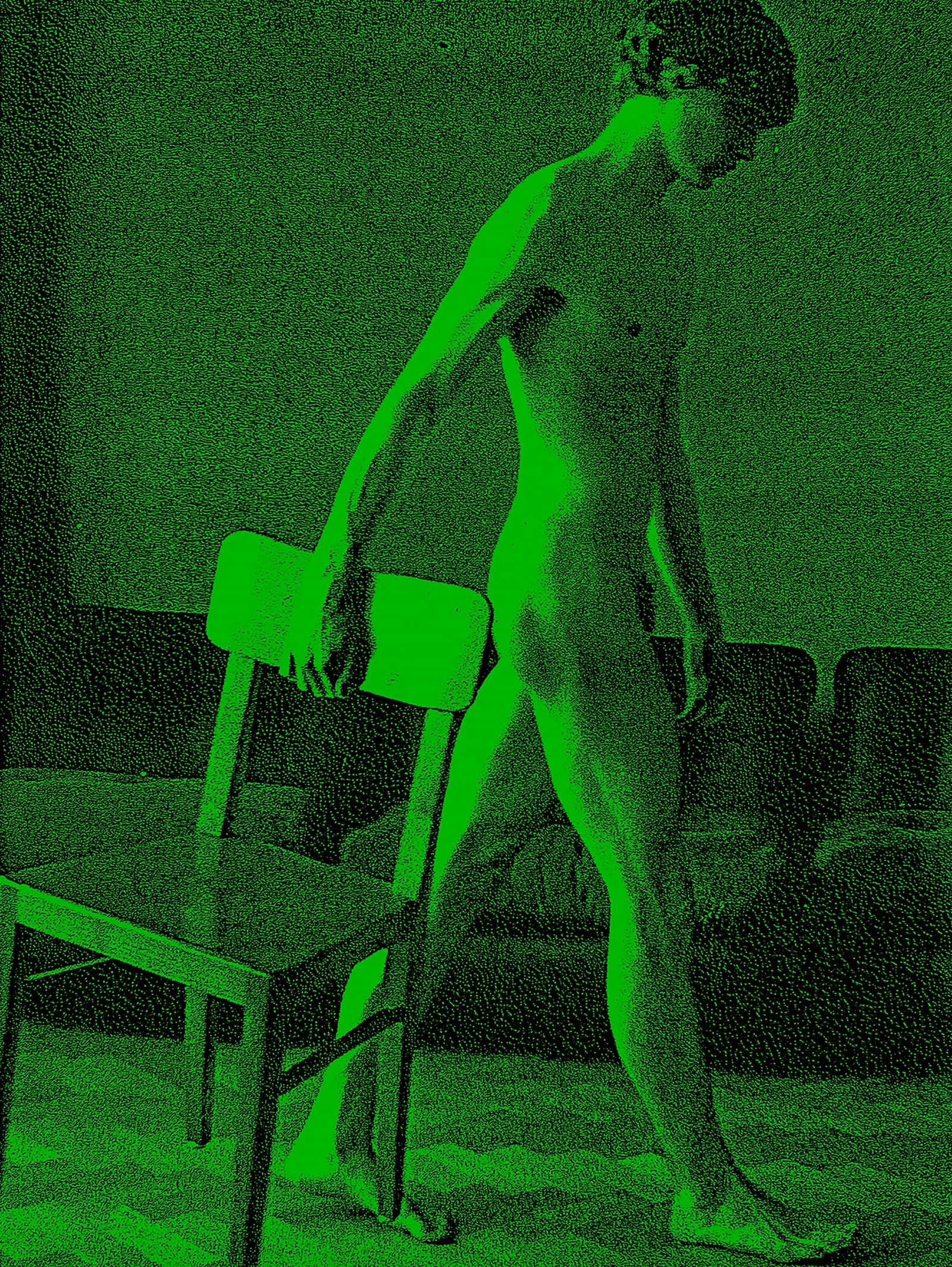
11. If we came there, where should we go?
Scavenger hunting for Willy Kreitz sculptures throughout town.
12. Where do you go to get inspired?
The gym, obviously.
13. Where do you go to unwind?
To be honest I don’t really want to unwind.
14. What did your parents do for a living?
My father was a roofer, my mum a housewife.
15. When did you realise you wanted to be an artist?
Not entirely sure that being an artist is something you want to be … In many ways it’s a curse. But I think that the moment you realise your brain is wired a little differently than most people around you, the decision to do art might not be too harmful. The call to conform might be less resounding.
Where do you go to get inspired? “The gym, obviously”
16. And if you weren’t an artist, what do you think you would be?
A stay-at-home dad?
17. Do you have a favourite artist?
Not in a fanboy way, no. But I really admire artists that take intensity and obsession to the next level. People like Bas Jan Ader, Bernard Faucon or Rudolf Schwarzkogler. I’m jealous of their all-or-absolutely-nothing conviction.
18. What is the last piece of art that moved you?
A charcoal drawing from Willem De Kooning I never saw before. This puppet-clown figure collapsing like a puff of smoke. I think that De Kooning drawings would look great on a hiphop album cover. For some reason that would make sense to me.
19. What’s the worst thing about art today?
When certain artists, more than often right after they’re dead, get canonised in order to fit an activist narrative or into a so-called movement in society.
20. And what’s the best thing about art today?
Everything apart from the above – art is essentially a good energy!
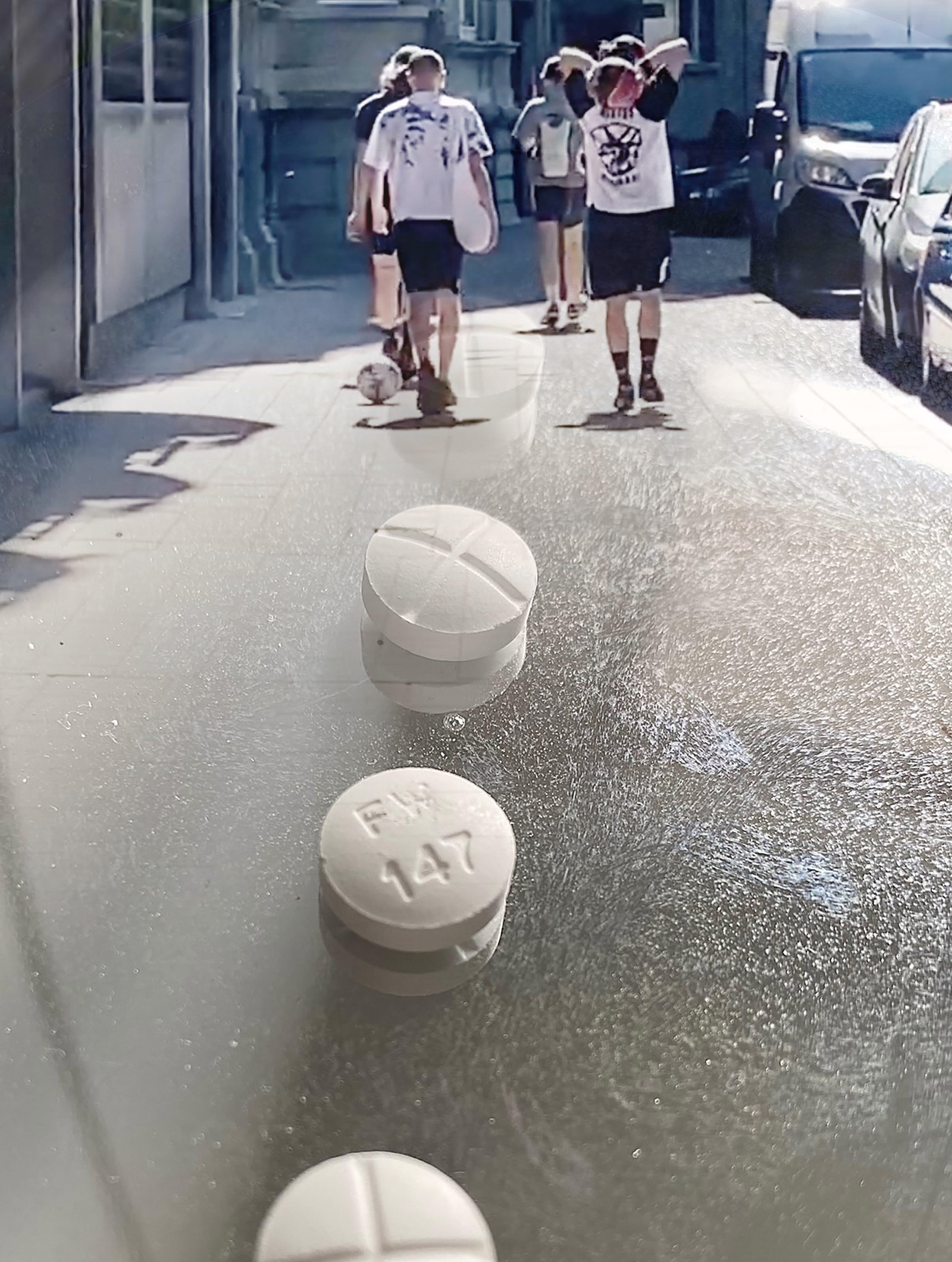

21. What is the worst thing about Instagram?
Shadow banning. Getting shadow banned.
22. What is the best thing about it?
People discovering themselves through self-imagery. I know that a lot of people look down on it and find it laughable but I take it seriously. You just need to look at the ones that matter and then the ones that annoy you will start to make some kind of sense as well.
23. What kind of people do you choose to appear in your photographs?
It’s all done on intuition … in general I like people that look and feel definite. It’s hard to explain because my idea of definite is obviously entirely subjective and personal.
24. Do you have a muse?
Camille Paglia.
25. What kind of role does nudity play in your work?
Not an all-encompassing role as such, it’s not a purpose. It’s more an element to build an image with, a key element at that. It’s about the balance between a matter-of-factness that’s spiritual and a visual impression that’s impactful.
26. What is your daily uniform?
Sweatshirt, shorts or sweatpants, trainers. I don’t own any pair of formal shoes which worries me all of a sudden.
27. What are your favourite trainers?
The very bland kind of classics, like Nike Air Force 1 or Adidas ZX700. The kind you don’t notice or want to notice.
28. What is your relationship with fashion like today?
I think fashion is in a really good place right now. Really nesting into culture. I’m more a spectator of course. I don’t like these debates about fashion being important or not, that’s missing the point. But it’s a force and that’s just as valid. And more effective in that way.
29. How did you start working with Raf Simons?
He invited me to collaborate on his Spring/Summer 2002 collection. Two decades ago already!
30. What was it like working with him?
We stopped working together around 2010, which means I was there during the years where he was in the process of making his mark. Before he got hired by the big fashion houses. There was a lot of defiance and conviction in him, in his studio, in his team. The budgets were rather modest so it was very much about being smart and focussed. I guess a lot of emerging designers know that particular kind of energy. I had complete freedom to do my contributions so I was really invested as well. A lot of the themes to these collections back then were about small entities of people forming and getting together, following their path, defining their codes, doing it differently. In a way that was a kind of metaphor for how we all looked at ourselves I guess. And the times that were ahead.
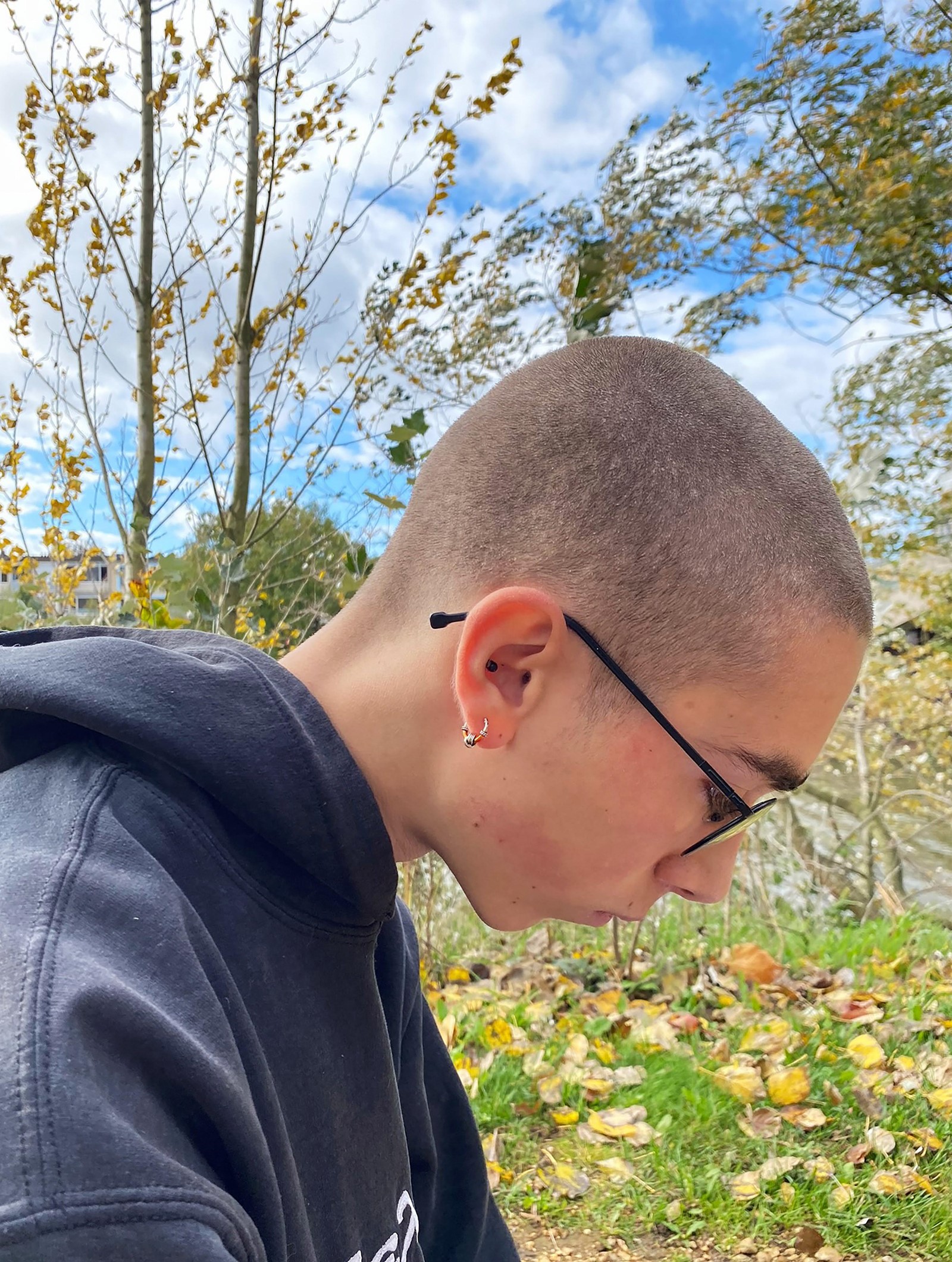
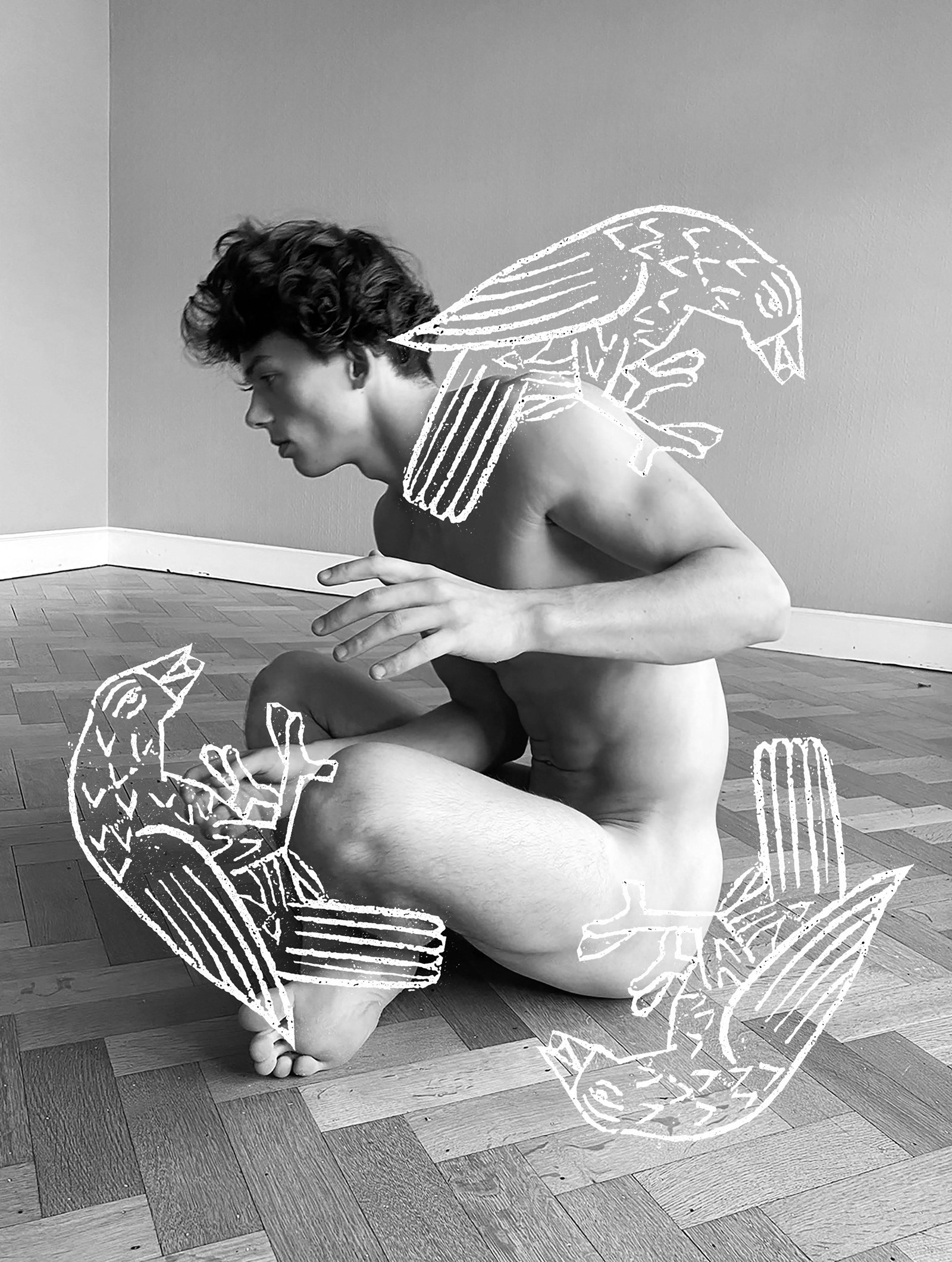
31. What is the greatest compliment you have ever received?
It’s not really about compliments but I get a lot of pictures of people re-enacting my pictures. They’re all wonderful, some do them quite racy, some go very abstract. It’s great.
32. What is the best piece of advice you have ever received?
I’m bad at remembering advice … Come to think of it, not so many people give me advice, maybe people think I’ve got everything under control. Which is not the case, of course not.
33. Do you have any regrets?
Aren’t you supposed to have regrets when something has come to an end? In many ways I still have the feeling of just starting out and testing the waters. So no regrets. Not yet.
34. What advice would you give to your 16-year-old self?
Don’t throw away your band T-shirts just because you don’t like the new album. It’s future money down the waste basket.
35. What advice would you give to aspiring artists?
Don’t make art that references other art. Mainly because my generation kind of exhausted that abundantly.
What is the most beautiful film you have ever watched? “The Last of England by Derek Jarman. Even the completely uninitiated can see it had a massive influence on my work.”
36. What are you reading at the moment?
Not much at moment. Though for the book I revisited Jan Arends’ poetry and was floored once again.
37. What book could you read again and again?
The Words of Gilbert and George: With Portraits of the Artists from 1968 to 1997, Thames & Hudson, 1998. It’s a compilation of their interviews. I actually have read it over and over again, always from cover to cover.
38. What is your most treasured art or photography book?
A 1973 German edition of Rock Dreams by Guy Peellaert. It looks a bit like a bootleg and has questionable printing but that only adds to the nasty charm. I also have a beaten-up copy of an 80s George Dureau paperback I got from a second-hand store, it has pages missing and text crossed out. The idea of the previous owner intervening with this book somehow violently I find a bonus somehow.
39. What is the most beautiful film you have ever watched?
The Last of England by Derek Jarman. Even the completely uninitiated can see it had a massive influence on my work.
40. Who would play you in a film about your life?
A dummy.
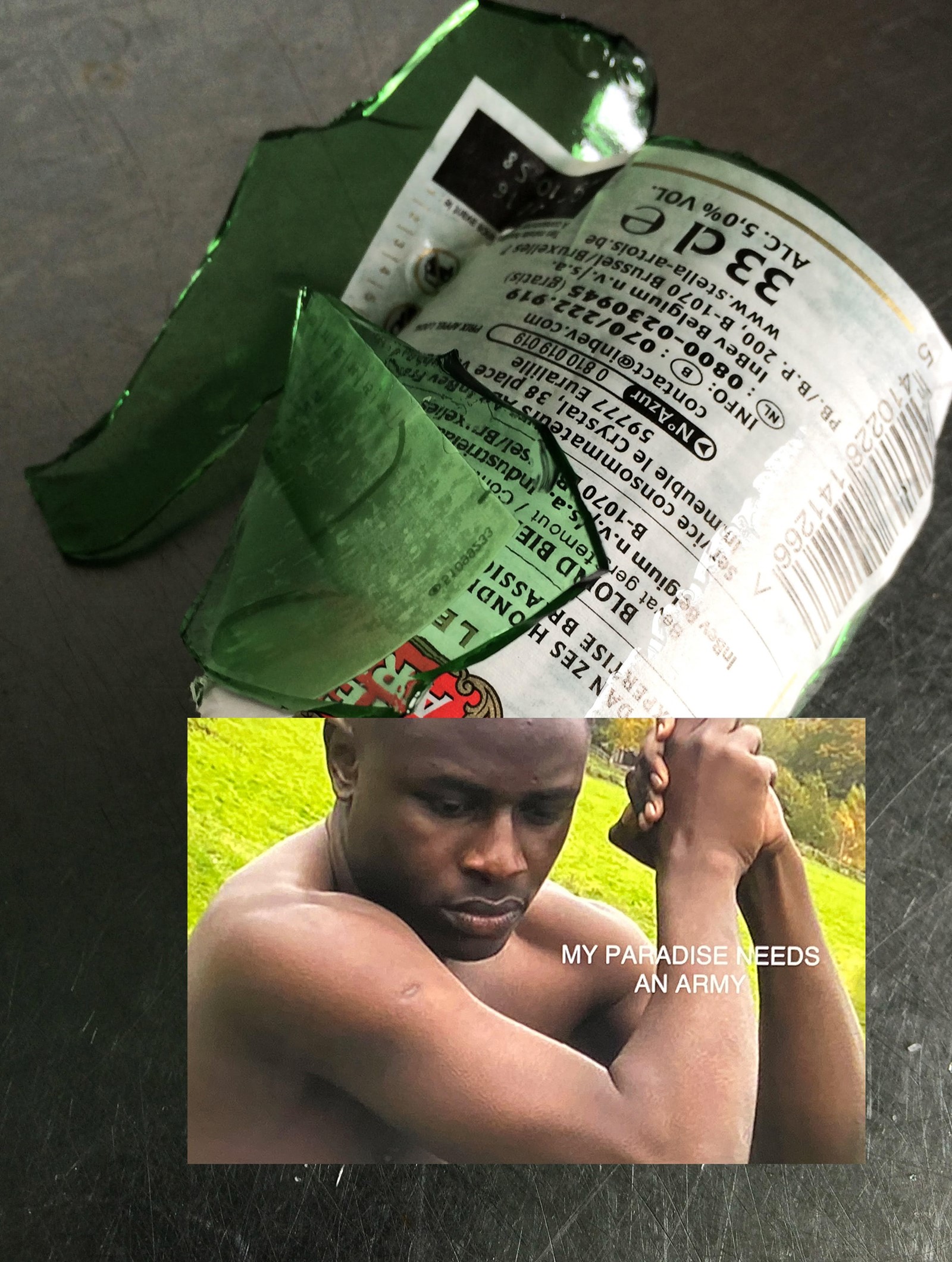
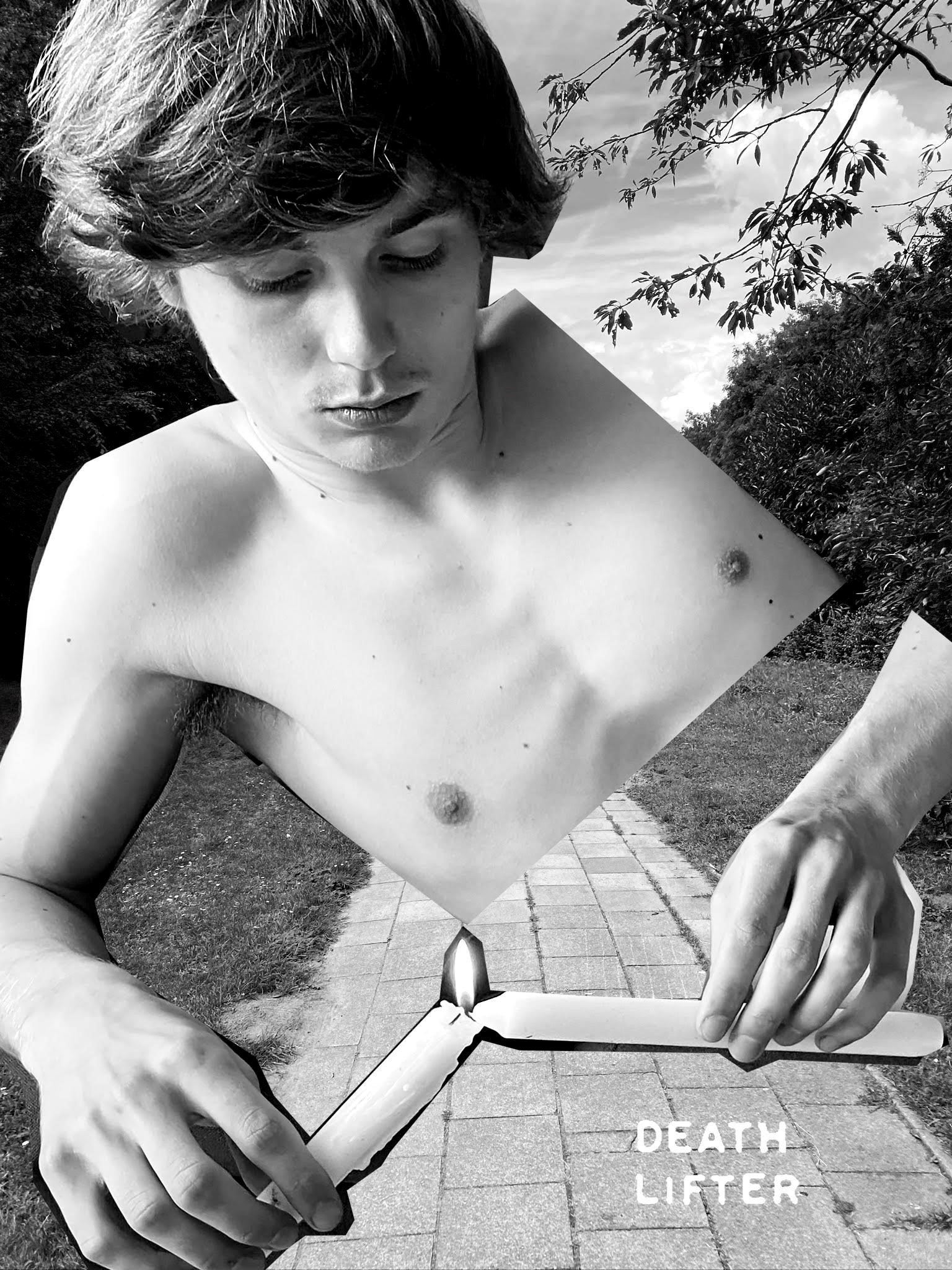
41. And who would direct it?
Paul Verhoeven.
42. What was the last song you listened to?
Void by Lil Nas X.
43. Greatest album of all time?
This is the hardest question in the list. I have a shortlist of about 150. OK, today I’ll settle on Coil’s Musick to Play in the Dark Vol. 1 from 1999.
44. What is your greatest fear?
I’m superstitious so I can’t have this in print.
45. Do you believe in God?
No but deities make for great fan art.
46. Do you believe in ghosts?
The ghosts that get featured in poems and novels and songs are the essential ones. Movie ghosts a whole lot less.
47. Do you believe in aliens?
It’s funny, I often tried to incorporate sci-fi iconography into my work but it never worked out. Probably because in the end, sci-fi is always someone else’s fantasy.
48. What motivates you?
Building and building my world and never reaching completion.
49. What do you hope people will take away from your book?
Confusion – in the most satisfying way possible.
50. Where can people buy it?
Here!
